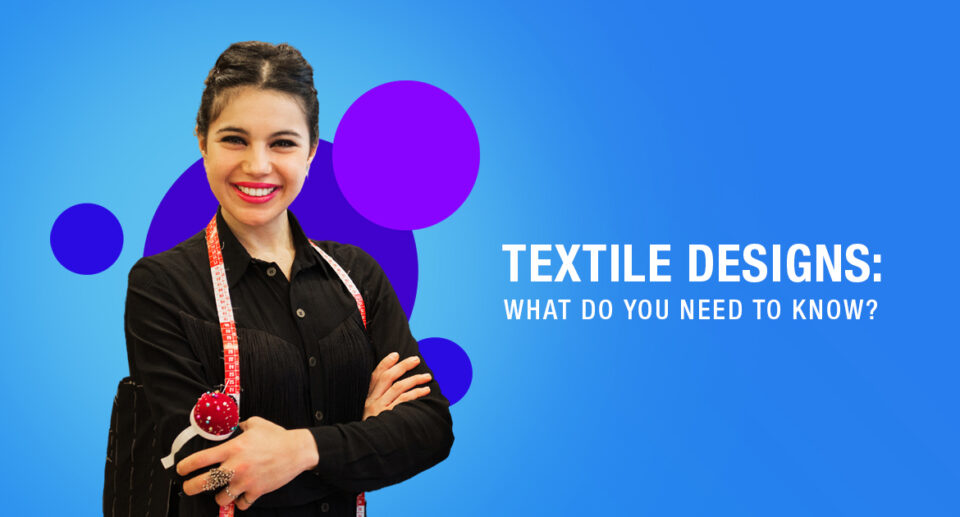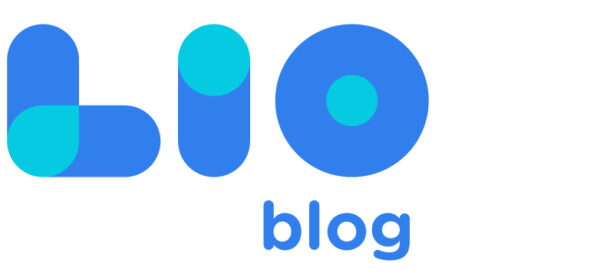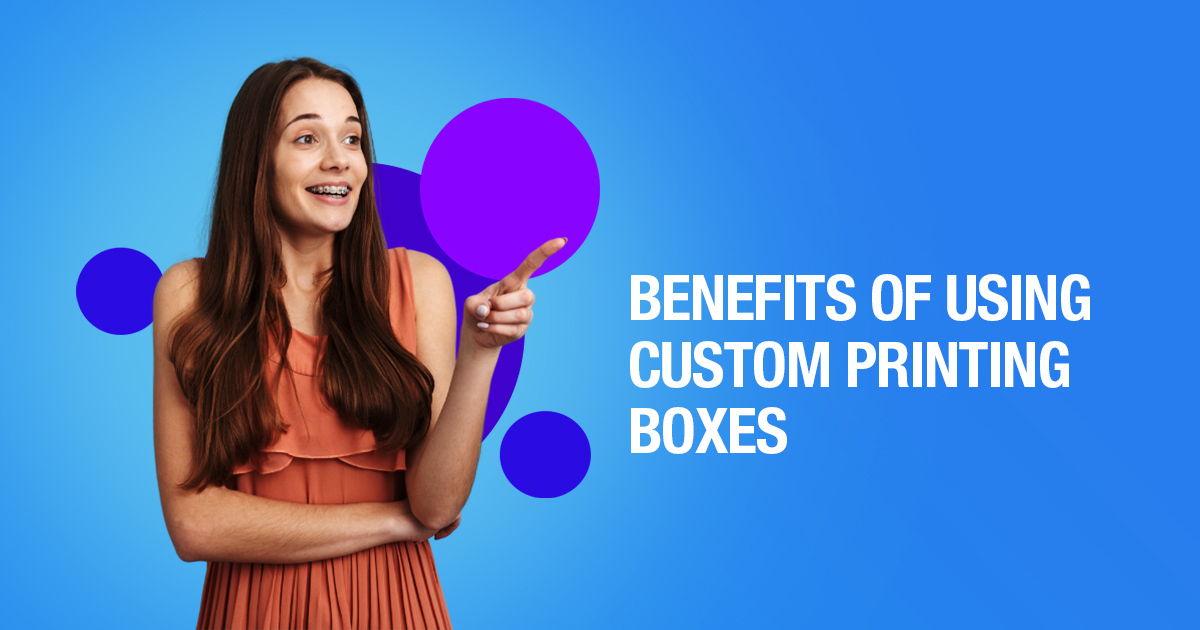Textile Designs: What do you need to know?

Clothes are one of the three essential elements of living, along with food and shelter. It is not only used to cover our body but also represents our culture and geography. If clothes are a necessity, then fashion is synonymous with self-expression. People express themselves through the clothes they wear.
Because each of us is unique, we require unique designs and styles to be created by the clothes manufacturer. And this is where textile designing and textile designs come into play.
Textile designing is an art that helps to bring that uniqueness to every piece of attire worn by people. But what exactly is textile design, and what constitutes it? What are its types? Let us find the answers to all such questions in this post.
What is Textile Design?
You would have probably been to hundreds of boutiques and clothing stores in your lifetime. But have you ever wondered how such intricate designs are created on the clothes you see there?
These designs are created when different types of thread are knitted or printed into the fabric to create a specific, one-of-a-kind model.
Textile design is a lengthy process with multiple stages. Put simply, it is an extravagant art form practiced on garments to make them more appealing to its audience.
It makes use of innovative techniques and technology to form decorative attire. Other different types of embellishments, such as beads or mirrors, are also used to enhance the beauty of the garment.
Textile designs have been around for centuries, the earliest dating back to around 5000 BC. Throughout history, the trading of textiles has occurred due to their importance in different societies and countries.
The growth of textile design can also be considered an important factor in the development of the entire textile industry.
The Silk Route, which runs across South Asia, was one of the most popular routes used for textile trading. Textile designs have helped humans evolve and adapt to their cultures, which is reflected in the clothing they wear.
For instance, the traditional clothing, such as the saree for Indians or the corset gowns for English, captures the respective country’s culture, which manifests itself through textile designs.
Types of Textile Design
There are different varieties of textile designs that use different types of materials. Because of the methods and materials used to produce it, each one has its own specialty and uniqueness. Here are some of the most popular textile designs that are currently in use –
#1 Printed
This is the most commonly used type of textile design. Because it is not as complex as the other forms, it is very popular among designers, who find it quite easy to print patterns and designs on different fabrics.
Dyeing and textile printing are very similar, but there are also subtle differences. One major difference is that the inks and pigments used in printing are thickened with gums or starches to create a paste.
This is done to ensure that when they are applied, they remain in place and produce clear designs with crisp lines. Screen printing, digital printing, and thermal printing are all examples of printing methods.
#2 Woven
The woven textile design involves weaving yarn across horizontal and vertical lines to create the final fabric. This process employs two threads, known as ‘warp’ and ‘weft’ threads.
These threads are interlaced one across the other to form an intricately designed fabric (according to the design that the designers have in mind). There are also two kinds of woven structures – simple structures and compound structures.
The simple structures are made up of only one series of warp and weft threads. They interlace perpendicularly.
The other type is a compound structure, which is made up of more than one series of threads. In this case, one set forms the body of the fabric, and the other forms the design or ornamentation.
#3 Mixed Media
As the name suggests, several types of mediums are used in this type of design. In other words, it uses an array of materials and techniques to design apparel.
Whether it is paper on cloth or a combination of yarn and silk, the ultimate design is left to the designer’s creativity. A variety of patterns emerge from this design, resulting in a more versatile arena for infusing creativity.
This type of textile design is commonly used to represent a theme or a story. The mixed-media stitching is also used in accessories, portraits, home décor, and stitched collage.
Must Read
How to start garment business in India? / भारत में गारमेंट बिज़नेस कैसे शुरू करें
How to start an online Clothing Business? / भारत में ऑनलाइन कपड़ों का बिज़नेस कैसे शुरू करें
Textile Business Ideas
#4 Knitting
In knitting, to create the fabric, a series of yarns are knitted together to form interlocking loops. It is very similar to weaving in that the warp and weft threads are used.
However, they involve different methods. The weft-knitted method is all about creating an unbroken loop structure and making the entire fabric out of one single yarn by adding stitches to each wale.
It is the most common type of knitting, in which the fabric is created with knitting needles or industrial knitting machines.
Warp knitting, on the other hand, is more complicated, requiring one yarn for each wale. As a result, it is manufactured on machines and is commonly used in the production of underwear. Another advantage of knitted fabrics over woven fabrics is that they can be stretched to a greater extent.
Various Types of Textile Design Patterns
As you are aware, every garment we wear incorporates unique designs to highlight its beauty.
These are typically based on a theme or culture, among other representations based on chosen colors and patterns. Here are some of the most widely used patterns in the textile design industry –
#1 Conversational Pattern
Conversational patterns are also known as novelty prints because they primarily depict objects or scenes on the fabric. You may have noticed Krishna and Radha or women carrying pots in sarees sold in stores throughout India.
These depict the lives of people in the country as well as their belief systems. These can also be based on a book and tell a story by depicting its characters on the fabric. The images are embedded across a striped or plaid background by the designers.
The designers use their best imaginative creations on the fabric to convey a specific point of view to the wearer. There are also various patterns in conversational patterns, such as the floral conversation pattern, which attracts more attention than the geometrical conversation pattern.
#2 Abstract Pattern
There are no specific rules for designing abstract patterns. It is not made up of specific images or motifs but is rather drawn freely. The abstract design varies from one designer to the next based on their imagination.
It could be a representation of the sounds made by piano strings or the patterns found on the body of an exotic reptile.
This design pattern makes use of a variety of colors and designs that are combined in various ways to achieve an abstract form. What makes this even more intriguing is that it is impossible to find a common meaning for it. It presents itself differently to each person.
#3 Retro Patterns
These patterns capture the essence of a fashion trend from a previous era. You may be familiar with the teardrop-shaped pattern or the polka-dotted sarees that were popular in the Indian fashion circuit in the 1980s and 1990s.
These, however, have not completely vanished; they have evolved and are still used in fabric designs today. In summary, this type of patterning is accomplished by utilizing various colors and motifs that were popular in the previous era.
यह भी ज़रूर पढ़ें
भारत में टेक्सटाइल इंडस्ट्री – सम्पूर्ण जानकारी / Textile Industry in India
Textile Companies in India
How to start a Textile Business in India?
Most Popular Textile Design Software
To be successful in the textile or fashion industries, one must be skilled in their work, which includes drawing.
The digitization of sketches has greatly aided textile designers in the creation and realization of their works of art. Here are a few of the most important tools used in the textile industry to design garments –
#1 C-Design Fashion
C-Design is one of the most widely used tools in the fashion industry. It enables you to create your clothing designs from scratch as well as quickly and efficiently manage your technical files.
You can also visualize the design process and handle the entire life cycle of textile from design to production. It also has an excellent user interface with advanced features and enhancements to let you breeze through the design process. You can even collaborate easily with other designers and share your product ideas too.
#2 iWeaveIt
It is a software program that allows you to create and design weaving patterns. Weavers can use this software to create threading, treadling, and tie-up, and WeaveIt will display the design as a drawing.
This software also assists handweavers by calculating yarn yardage and the number of heddles. It is compatible with Windows 8, 9, 10, and 11, and it also has a Pro version for Mac, which requires macOS 10.11 or higher. There’s also iWeaveIt for tablets and smartphones.
# 3 SnapFashun
This software is primarily used by fashion design students. It comes with thousands of pre-designed templates and sketching tools that you can use to customize your specific design ideas.
It also includes a large library of vector-based design sketches. This incredible software educates both students and teachers about various industry-standard practices while also providing necessary tools to help express themselves creatively.
The In-Store Snap Library, which allows you to create your own store layouts with mannequins, store backdrops, floor, and wall fixtures, is the most notable feature of this software.
#4 Adobe Illustrator
Adobe Illustrator is a must-have for fashion students and those working in the fashion design industry. Designers in the fashion industry must be excellent at drawing, and this software assists them in successfully completing their projects.
It offers cutting-edge vector graphics that are updated on a regular basis for its users. It can easily create different textures and designs on the garment sketches, as well as take care of color transitioning and pattern direction, among other things.
Because it is also a popular CAD (Computer-Aided Design) software, its popularity in the fashion industry is expected to grow in the coming years.

Maximize Your Online Business Potential for just ₹79/month on Lio. Annual plans start at just ₹799.
How Lio can be Used in Textile Business?
Lio is a mobile-based business purpose software that can help you in tracking the details of your business.
You can track the details like how many orders you have received on a daily basis, and how many orders have been delivered to the customers.
You can also check the monthly data of your business, you can check the profit details, and loss details if any. You can make note of all the textile designs available, your need and other things related to the business.
So, if you are finding an application that will help in business tracking, you can trust Lio. So, don’t worry about data breaching, or any personal data losses.
Lio is definitely for the win and using it for your business is only going to make your journey smooth and easy to track.
Step 1: Select the Language you want to work on. Lio on Android

Step 2: Create your account using your Phone Number or Email Id.

Verify the OTP and you are good to go.
Step 3: Select a template in which you want to add your data.

Add your Data with our Free Cloud Storage.
Step 4: All Done? Share and Collaborate with your contacts.

Conclusion
Textile design is what gives a garment its beauty and individuality. In other words, design is the most important aspect of bringing clothes to life.
The design aspect is also the first thing that any apparel brand looks for when introducing a new dress to the market. Thanks to advanced tools and the brightest minds, textile design has proven to be a worthwhile investment for brands looking to make it big in the textile industry.


















6 Comments
Amazing write-up. Keep posting such enlightening posts.
Hello Ashish,
Thankyou so much for your valuable feedback. Will definitely create more.
The popular textile design software that you have mentioned above, are they free, or have some subscription fees?
Hi Prateek,
Some of the textile design software are free and some are paid. You can research and select according to your requirements.
I just read the different textile designs in your article. Warp knitting is a term I seldom ever hear. Could you please describe warp knitting in more detail?
Hello Benjamin,
Warp knitting in textile is a stitch-forming technique in which the yarns are fed into the knitting zone parallel to the fabric’s selvedge.
The fastest way to make fabric from yarns is by warp knitting.